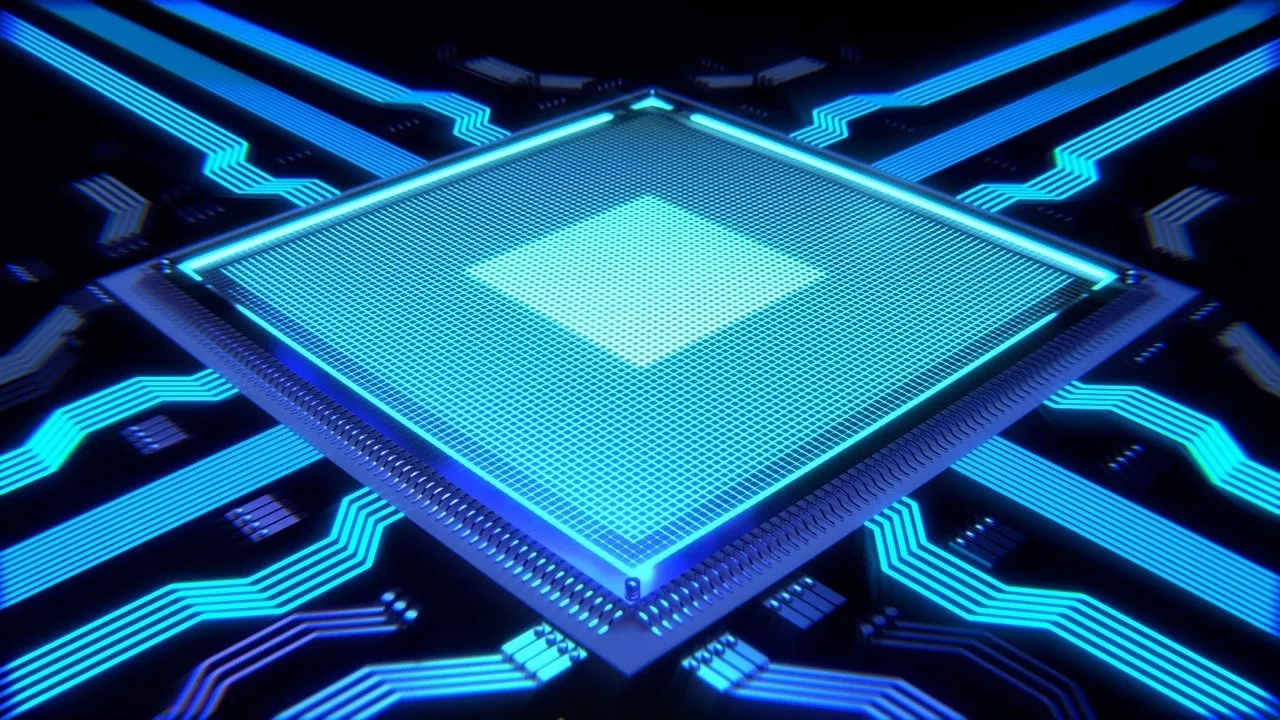Comparing FLUX and Stable Diffusion: Advancements in AI-Powered Image Generation
Stable Diffusion, developed by Stability AI, has become a widely recognized and utilized model since its release in August 2022. Its primary strength lies in generating high-quality, creative, and visually stunning images based on text prompts. By leveraging a diffusion-based architecture, Stable Diffusion iteratively refines images from noise, enabling users to produce detailed and coherent visual outputs.
The model has gained significant traction for its open-source nature, allowing developers and enthusiasts to adapt and expand its capabilities. However, certain limitations, such as challenges in rendering realistic human anatomy\u2014particularly hands\u2014have highlighted areas for improvement in its design and training process.
FLUX: Pushing the Boundaries of Detail and Complexity
FLUX, developed by Black Forest Labs, represents a significant advancement in text-to-image generation. The FLUX.1 model employs a hybrid architecture that combines multimodal and parallel diffusion transformer blocks, boasting an impressive 12 billion parameters. This design enables FLUX to excel in creating images with superior detail, complex scene composition, and realistic textures.
One of FLUX's standout features is its ability to render anatomically accurate human figures, addressing a common weakness in many competing models, including Stable Diffusion. Additionally, FLUX is noted for its speed and efficiency, offering faster image generation without sacrificing quality. These attributes make it particularly appealing for applications requiring intricate visual content.
Key Differences and Considerations
While both models deliver exceptional performance, their differences highlight distinct use cases and potential audiences:
1. Quality and Detail: FLUX outperforms Stable Diffusion in producing highly detailed and complex images, making it ideal for professional-grade visual content.
2. Open-Source vs. Proprietary: Stable Diffusions open-source framework has fostered a robust community, whereas FLUX, though powerful, is less accessible due to its hardware requirements.
3. Hardware Demands: FLUX's advanced architecture demands significant computational resources, with a recommended minimum of 20 GB VRAM for optimal performance. In contrast, Stable Diffusion is more hardware-friendly and widely compatible with consumer-grade GPUs.
Conclusion
Both FLUX and Stable Diffusion showcase the immense potential of generative AI in transforming creative workflows. FLUX cutting-edge capabilities make it a valuable tool for professionals requiring unparalleled image quality and precision. Meanwhile, Stable Diffusion\u2019s open-source nature and broader accessibility ensure its continued relevance and popularity among a diverse range of users.
Ultimately, the choice between these models depends on specific needs, resources, and the desired level of detail in the generated images. As these technologies evolve, they promise to unlock new possibilities in digital art, design, and beyond.











